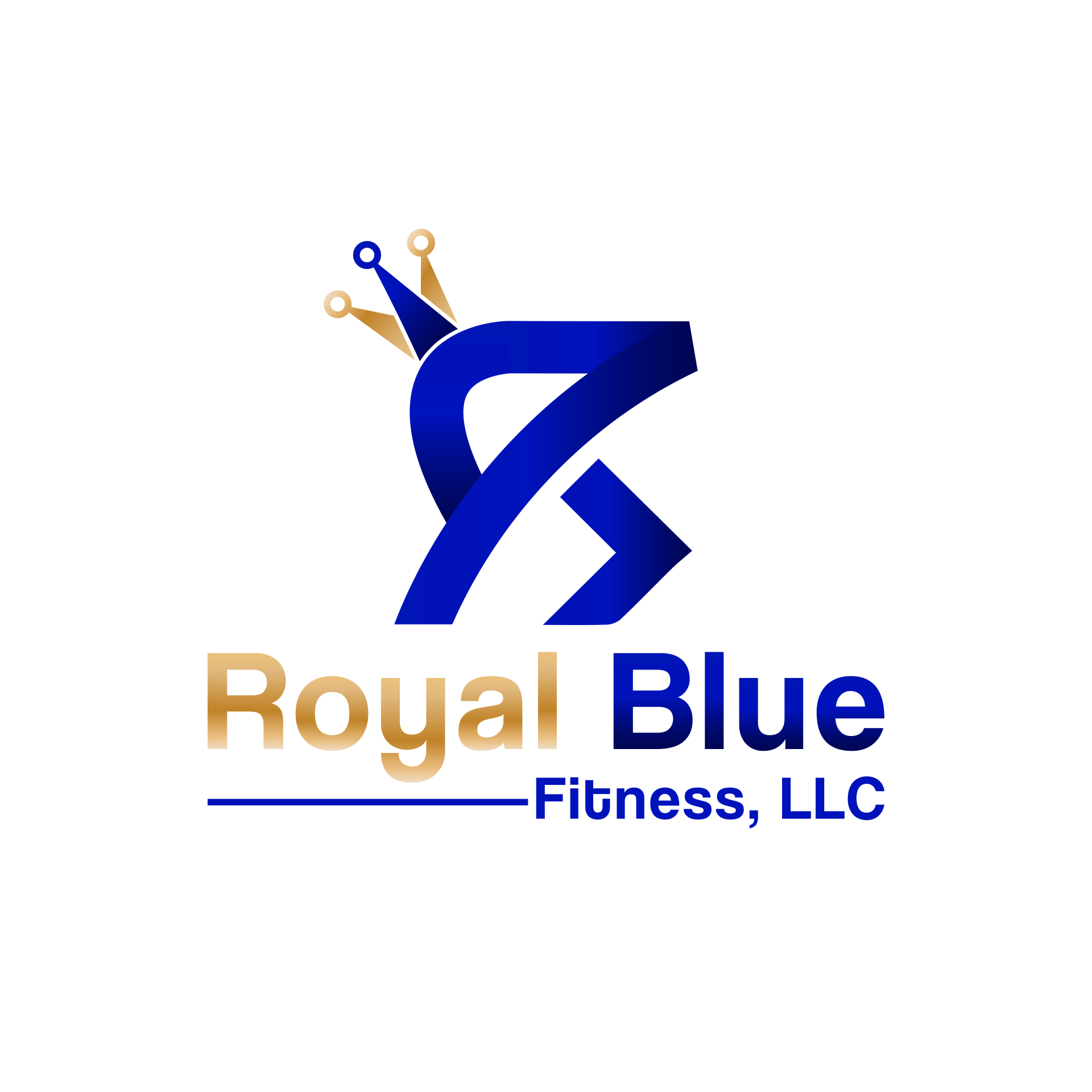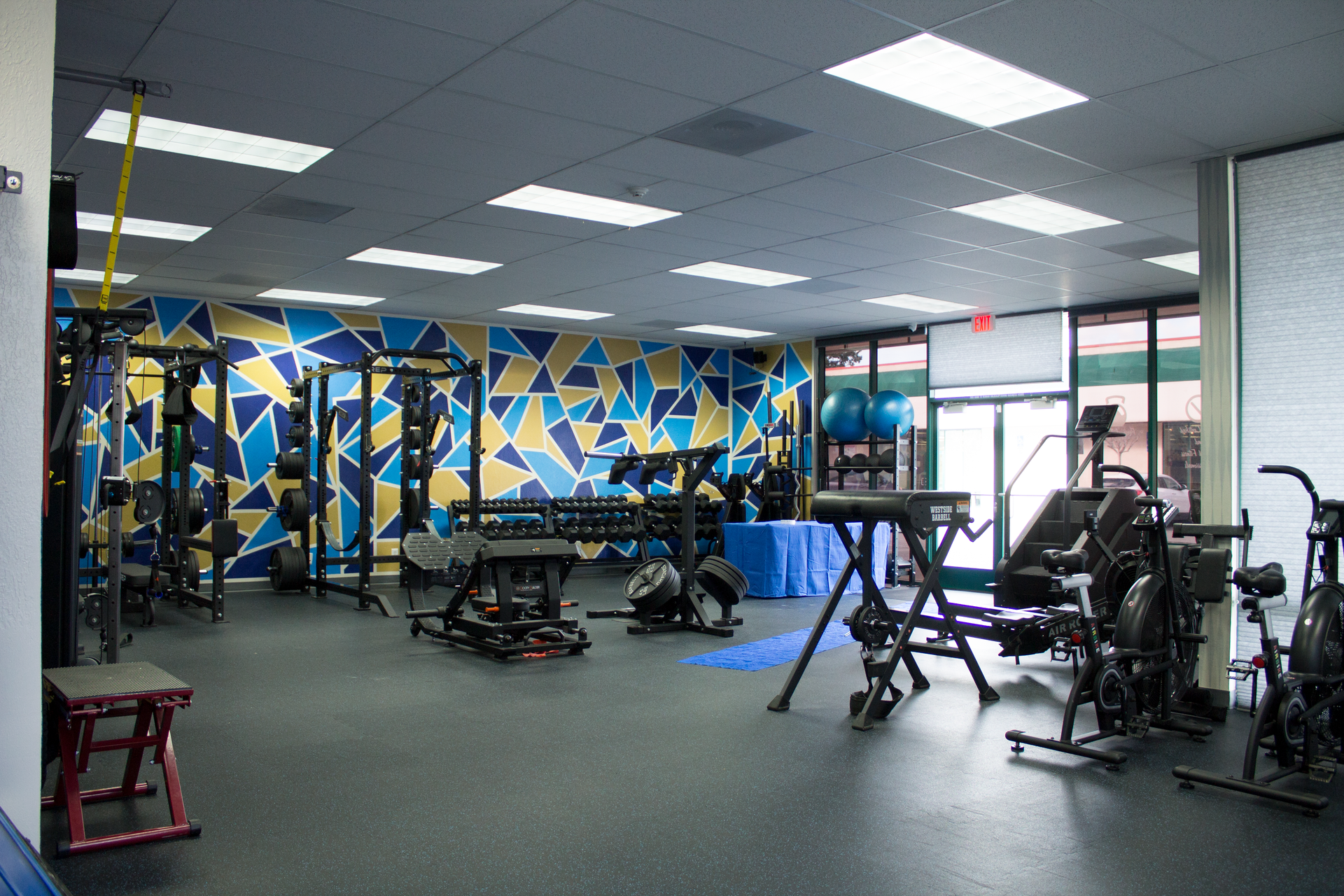Introduction
Many people think arthritis only affects mature adults, but that's false. It affects millions of people of all ages around the world. According to the Centers for Disease Control and Prevention (CDC), over 58 million adults in the United States have been diagnosed with some form of arthritis. Arthritis can show up in different ways. Some people might have osteoarthritis, which happens when the cushioning in their joints wears down over time. Others might have rheumatoid arthritis, where their body's defense system mistakenly attacks their joints, causing pain and stiffness. This can make everyday activities challenging and affect someone's life a lot. Arthritis isn't just a problem formature adults; it can affect young people and adults, too, so it's a significant health issue we need to talk about. This blog will examine how exercise can help people with arthritis feel better. Staying active can help ease the pain and stiffness in their joints and make them feel better overall. We'll see how exercise can be an excellent way for people with arthritis to improve how they move and feel.
Understanding Arthritis
The Role of Exercise in Managing Arthritis
Regular exercise is pivotal in managing arthritis. It helps maintain joint function, mitigate pain, and enhance overall quality of life. For individuals with arthritis, physical activity ensures that joints remain as flexible as possible and the muscles around them strong, significantly reducing discomfort and improving daily functioning.
Exercise Benefits
Engaging in regular exercise lubricates the joints, decreasing stiffness and discomfort. It also fortifies the muscles supporting the joints, reducing their burden. This muscular support is crucial in lessening the impact of arthritis on the joints. Additionally, exercise promotes cardiovascular health and aids in weight management. It uplifts mood and mental well-being, which benefits those managing arthritis symptoms. The holistic impact of regular physical activity extends beyond just physical health, contributing to an enhanced sense of well-being.
Strength Training: Enhancing the Arthritis Management Regimen
Strength training emerges as a critical component in managing arthritis. It offers substantial benefits through muscle building around the joints, thereby augmenting stability and diminishing joint load. This exercise is integral in alleviating joint pressure, mitigating pain, and enhancing functional capacity.
Benefits at Various Training Frequencies and Durations
- Low-Frequency Training (1-2 days per week): Even minimal strength training can lead to improvements in muscle strength and joint stability. Individuals may notice a reduction in joint pain and enhanced ease in performing daily activities. This frequency is particularly beneficial for beginners or those with severe arthritis, allowing for gradual adaptation and minimization of overuse injuries.
- Moderate-Frequency Training (3-4 days per week): Regular strength training can significantly increase muscle mass and joint support, leading to greater pain relief and improved mobility. At this frequency, individuals may also experience enhanced metabolic rate and better weight management, which further alleviates stress on the joints.
- High-Frequency Training (5 or more days per week): Engaging in strength training with high frequency can lead to optimal increases in muscle strength and mass, providing maximum support to the joints. It also promotes superior endurance and functional capabilities, allowing individuals to perform a wider range of activities with less pain and discomfort. However, it's important to balance the intensity and ensure adequate rest to prevent overtraining and joint strain.
Duration of Training Program
The duration of a strength training program also plays a crucial role in managing arthritis. Short-term programs can provide immediate benefits such as pain relief and improved mobility, but long-term commitment is necessary for sustained improvements in joint health, muscle strength, and overall physical function. Prolonged adherence to a strength training regimen can lead to lasting changes, reducing the long-term impact of arthritis and improving life quality.
The Advantage of Having A Personal Trainer
A personal trainer can significantly enhance the effectiveness of an exercise program for arthritis management. They can tailor exercises to the individual's needs, ensuring proper form and preventing injuries. Personal trainers can also adjust the training frequency and duration to match the individual's fitness level and arthritis condition, promoting safe and progressive improvements in joint health and physical well-being.
Starting Points
A strength training program should be conducted cautiously, particularly for those with arthritis. Starting with low-impact exercises is essential to avoid excessive stress on the joints. Gradual progression is key: beginning with lighter weights or resistance and slowly increasing as strength and comfort levels improve. Focusing on form and technique can prevent injury and maximize the benefits of each exercise.
Exercise Examples
Suitable strength training exercises for people with arthritis might include:
- Leg Presses: These are performed on a machine that allows control of the weight and movement, providing a stable exercise environment for strengthening the leg muscles without putting undue stress on the knees.
- Hand Grips: Using a hand grip strengthener can build strength in the hands and forearms, which is beneficial for those with arthritis in these areas.
- Wall Push-Ups: Standing and pushing against a wall can help build upper body strength without the strain that traditional push-ups might place on the wrists and shoulders.
- Seated Row: Performed on a machine or with resistance bands, this exercise strengthens the back and shoulders, supporting spinal alignment and reducing back pain.
- Water Aerobics: While not strictly strength training, water aerobics can provide resistance through water, which is gentle on the joints and beneficial for overall strength and mobility.
The Royal Blue Fitness Approach
Introduction to Royal Blue Fitness
Royal Blue Fitness is a private personal training studio that prioritizes our clients' privacy, comfort, and uninterrupted training experience. Unlike a traditional gym setting, our studio provides a secluded and intimate atmosphere where clients can focus entirely on their training, free from the distractions and intimidations often found in larger gym environments. Our mission is to enhance our clients' quality of life by offering personalized and holistic approaches to functional fitness, which are dedicated to transforming lives through comprehensive wellness strategies.
Customized Training Plans
Understanding the unique health journey of each individual, especially those dealing with arthritis or joint stiffness, Royal Blue Fitness specializes in crafting customized training plans. These plans are developed with a holistic view, considering not just the physical aspects of fitness but also the client's overall well-being. Our expert trainers design programs that seamlessly integrate strength training, flexibility, and cardiovascular exercises to improve joint health, reduce pain, and enhance daily function. This tailored approach ensures that each client receives a program that effectively addresses their specific needs and goals.
Safety and Effectiveness
At Royal Blue Fitness, we emphasize creating a safe and effective training environment. As a private personal training studio, we maintain the highest safety and personal attention standards. Our trainers, experienced in functional fitness, employ methods that ensure exercises are conducted with the utmost precision and care. This attention to detail helps achieve better results and significantly reduces the risk of exercise-related injuries, making the training process safer and more effective for clients with arthritis or joint conditions.
The holistic approach at Royal Blue Fitness goes beyond physical training. We consider all aspects of our clients' health and lifestyle, encouraging practices that contribute to overall well-being and functional fitness. This comprehensive strategy ensures that our clients not only achieve their fitness goals but also experience lasting improvements in their quality of life.
At Royal Blue Fitness, we're not just a training studio. We're a unique sanctuary, providing a private, supportive, and holistic environment for individuals to empower themselves and reach their health and fitness goals. Our commitment to enhancing the quality of life for our clients sets us apart, making us the ideal choice for anyone seeking to improve their functional fitness, manage arthritis symptoms, and lead a healthier, more active life.
Summary
Arthritis Resources
- Arthritis Foundation: Provides comprehensive information on different types of arthritis, treatment options, and living with arthritis, as well as community support.
Arthritis
Foundation Website
- Centers for Disease Control and Prevention (CDC): Offers detailed information on arthritis, including data on prevalence, types of arthritis, and evidence-based management strategies.
CDC
Arthritis Page
- National Institute of Arthritis and Musculoskeletal and Skin Diseases (NIAMS): Part of the NIH, NIAMS offers extensive resources on arthritis research, disease management, and educational materials.
NIAMS
Arthritis Information
- Mayo Clinic: A trusted medical resource providing in-depth information on the symptoms, causes, and treatment of various types of arthritis.
Mayo Clinic Arthritis Page
- World Health Organization (WHO): Provides global insights on arthritis, including its impact on populations and guidelines for management.
WHO Arthritis Information
- American College of Rheumatology: Offers resources for patients and healthcare professionals on rheumatic diseases, including various forms of arthritis.
American College of
Rheumatology
These resources are reliable and can provide valuable information for anyone seeking to understand more about arthritis, its impacts, and how to manage it effectively.








